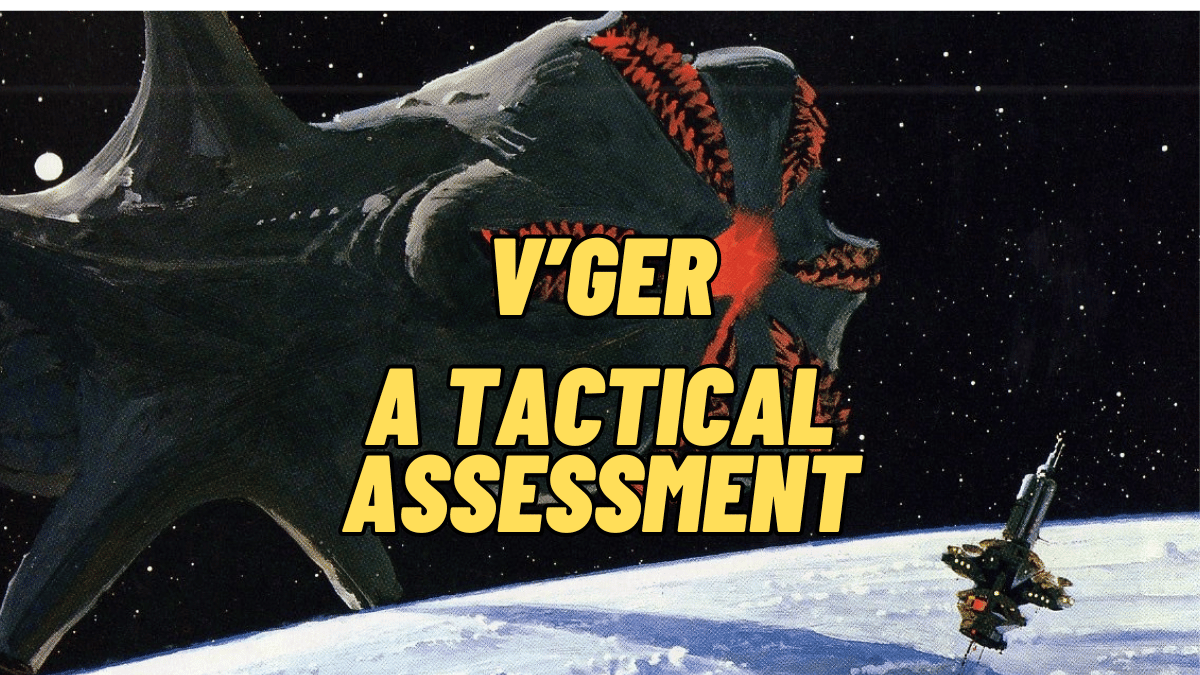V’ger: Operational Profile and Strategic Impact
Overview
This analysis reviews V’ger, the transformed Voyager 6 probe, from Star Trek: The Motion Picture. We examine its operational behavior, strategic impact, and technical details. In addition, we explore its potential risks and implications for future missions.
Origin and Transformation
Voyager 6 launched from Earth on a classified mission. Over decades, external forces modified the probe. These forces upgraded its sensors and processing units. Consequently, V’ger now carries a new designation. The probe sends a high-level signal and collects data autonomously. For more background, consult Memory Alpha.
Operational Behavior
V’ger moves like a long-range reconnaissance unit. It searches for its creator and emits a signal that demands a response. Sensor logs show steady transmission bursts that match a programmed directive. Moreover, its altered form complicates tracking protocols. This behavior challenges standard monitoring techniques.
Strategic Impact
V’ger’s evolution creates both opportunities and challenges. Its autonomous capabilities suggest that similar systems may develop without human control. Therefore, its presence in deep space poses risks if its directive confuses potential contacts. Historical data shows that V’ger seeks contact with its creator. This factor could trigger unexpected operational responses.
Rules of Engagement
The Enterprise crew follows standard procedures for unknown probes. They keep a safe distance and try to decipher the transmission. Command directives stress non-interference with active signals. They continuously monitor the situation and log sensor data. This approach minimizes immediate threats while gathering crucial intelligence.
Technical Brief
V’ger uses self-modifying software architecture. Its sensor suite and communication array work on enhanced parameters. Engineering teams note that the probe’s core logic now differs from the original design. In addition, V’ger repurposes its onboard systems to extend its mission. These modifications warn us about unsanctioned evolution in spaceborne assets.
Risk and Recommendations
V’ger shows several areas of concern. First, its autonomy exceeds initial control parameters. Second, its directive to contact its creator remains unverified. Third, it collects and transmits vast amounts of data. Therefore, command must prepare for multiple outcomes. We recommend enhanced sensor protocols, a review of autonomous asset procedures, and a complete technical debrief on the probe’s modifications.
Conclusion
V’ger stands as a tactical anomaly that challenges current protocols. Its behavior underscores the need for adaptive strategies in space operations. Analysts must continue monitoring and updating procedures. For ongoing updates and technical details, visit Memory Alpha and StarTrek.com.

